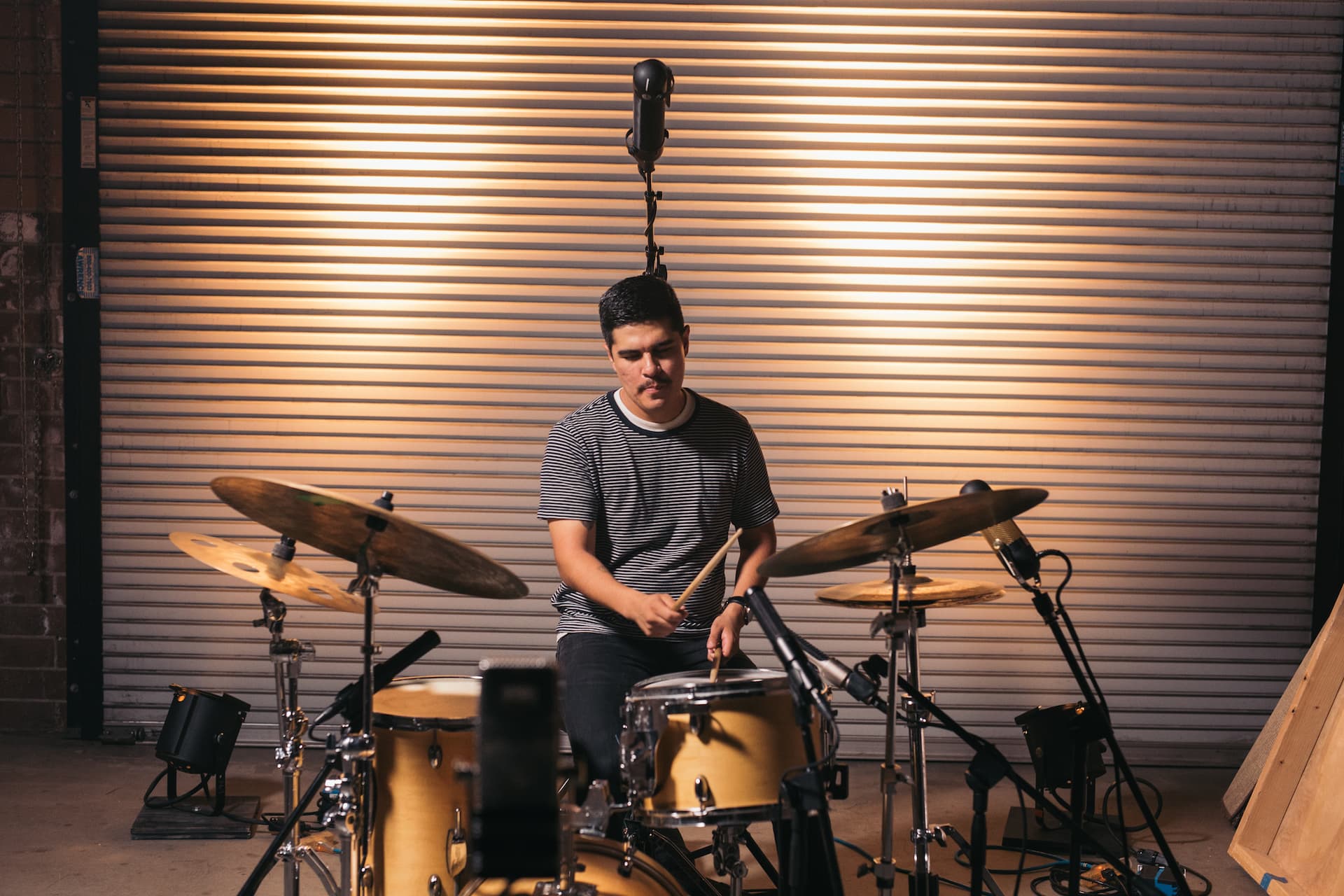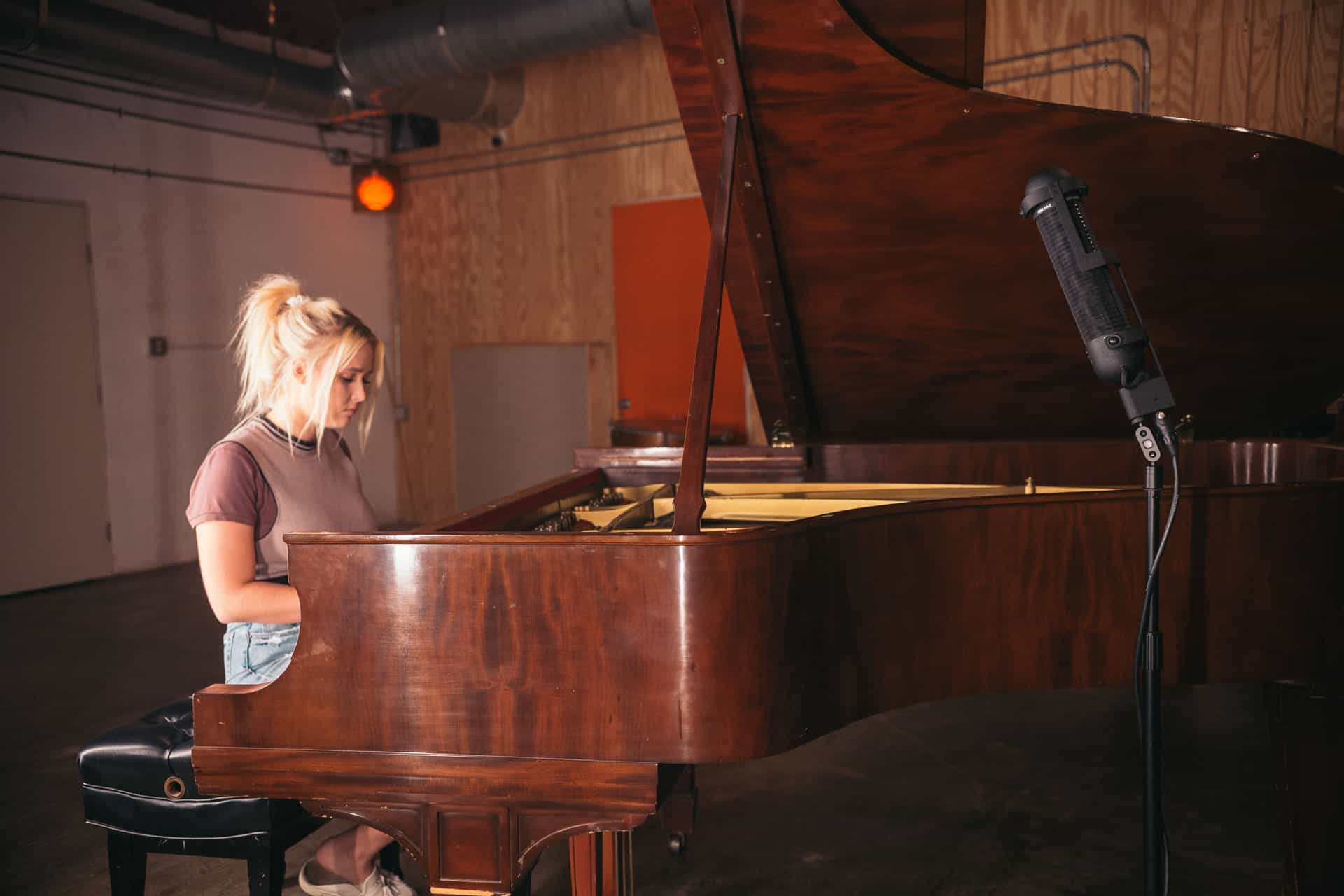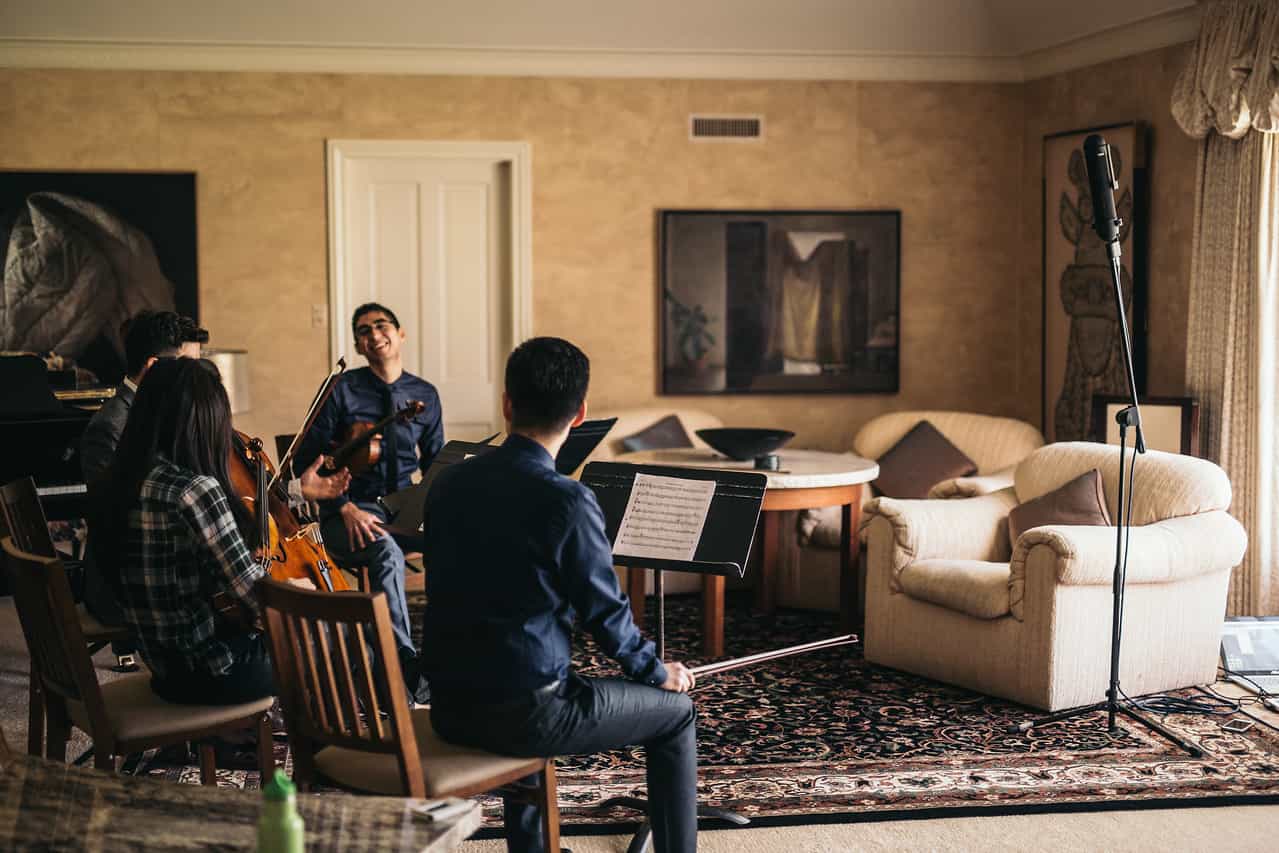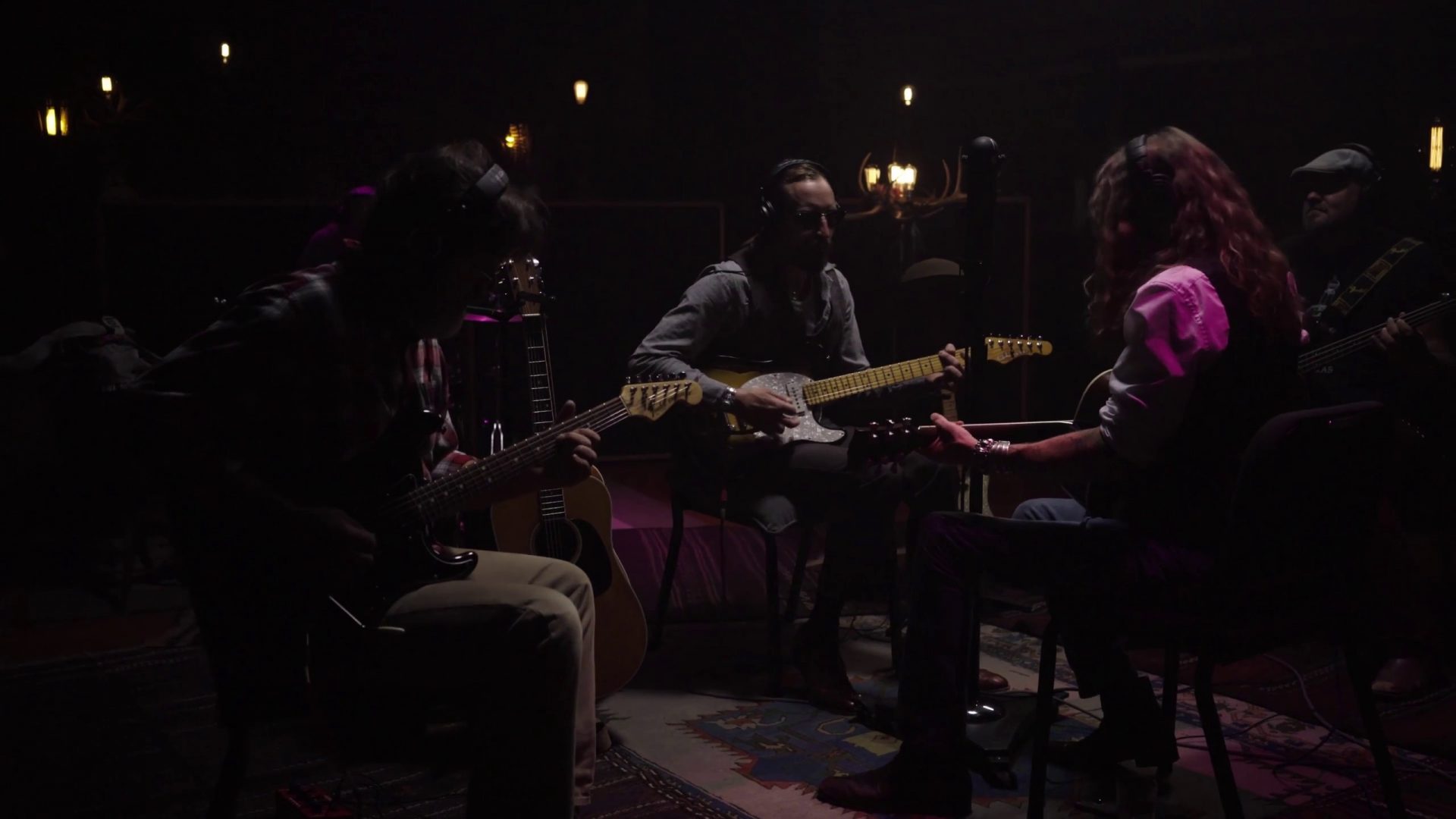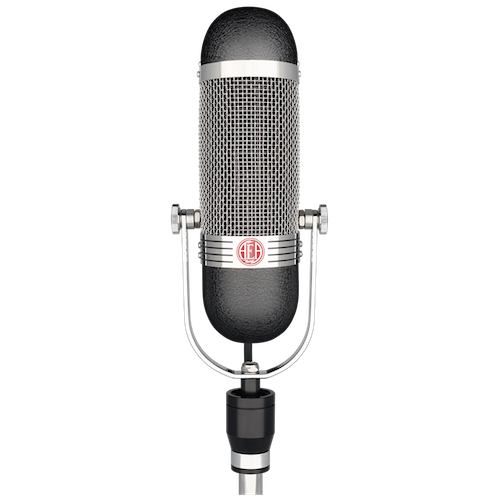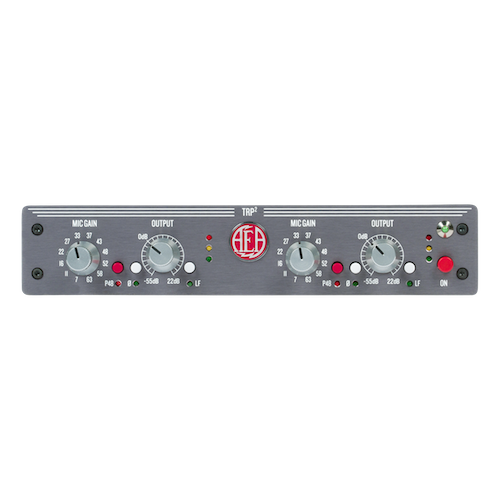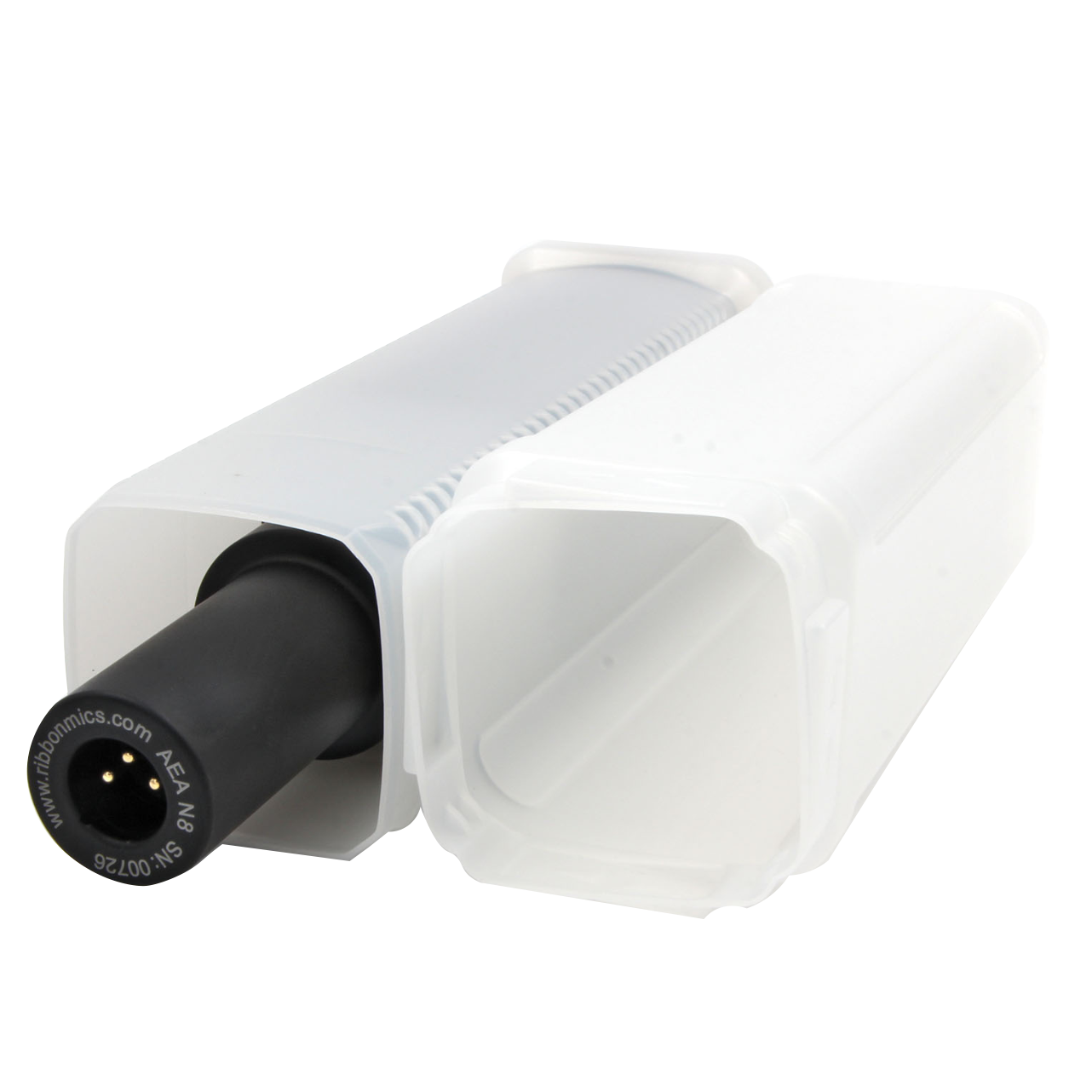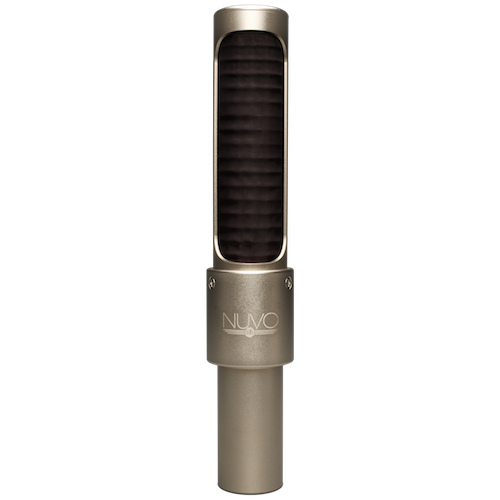Blumlein configuration is one of the most popular techniques for recording in stereo. Its realistic, wide, and focused imaging is why it is one of the primary choices when recording everything from drum overheads to entire orchestras. Often times, a pair of mics in Blumlein configuration is all that is needed to capture the full scope of a source.
Blumlein Technique
In 1931, Alan Blumlein, an engineer for EMI, invented stereo recording by demonstrating the natural reproduction of the soundstage in one of the Abbey Road studios in London.
To this day, Blumlein’s coincident recording technique using two figure-of-eight pattern ribbon mics is the benchmark for producing an authentic representation of a performance in a room. The Blumlein method uses the two mic elements angled at 90 degrees and mounted in close proximity to each other along the vertical axis.

